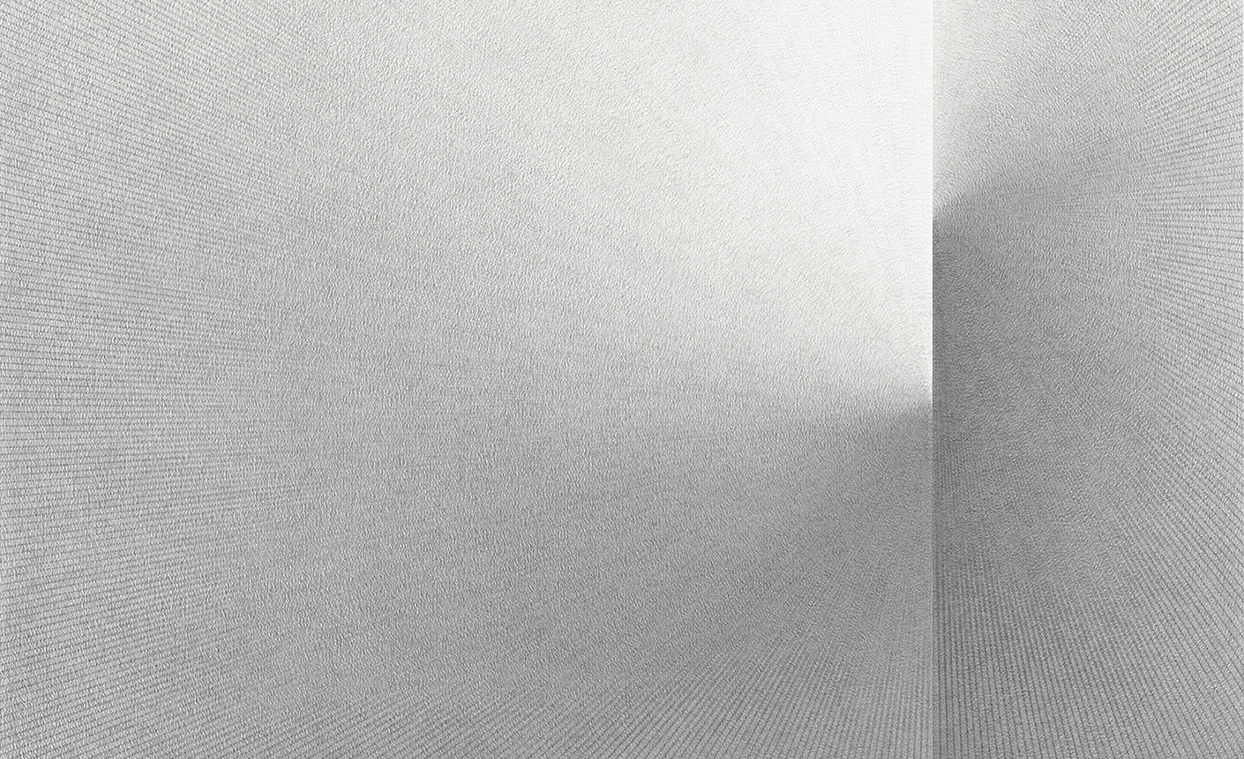
In September, Stijn Coppejans will once again open his gallery to an external curator. With the annual 'Be my guest' initiative, Coppejans Gallery seeks to broaden its outlook and gain insight into how others view the gallery and its potential.
After a first successful edition in 2022 with art collective FAAR, it is now Manuela Klerkx's turn. She selected three artists who she believes fit perfectly into the gallery's operation. Indeed, the choice fell on three inquisitive artists from three generations, each with an exciting body of work that bears visible and invisible links to current movements and art history.
curator: Manuela Klerkx
The motto 'Less is more' comes from the beautiful poem 'The Faultless Painter' by English poet Robert Browning (1812-1889) from 1855 and was adopted in 1947 by German-American architect and furniture designer Ludwig Mies van der Rohe (1886-1969) to illustrate his modernist view that form and structure in disciplines such as architecture and design should be reduced to a minimum because simplicity and minimalism would be more effective and aesthetic than excess.
With the emergence of Postmodernism in the late 1960s, this rational, formal approach to visual art and architecture faced increasing criticism and had to make way for a more emotional and less 'elevated' approach with room for complexity, colour, irony and imagination. American architect Robert Charles Venturi (1925-2018) capitalised on this vision, which asserted itself not only in the visual arts and architecture, but also in philosophy and music, with his 1966 statement 'Less is a Bore'.
Now to the artists Frans Klerkx (Mill, 1932), Alexandra Roozen (Purmerend, 1971) and Ine Vermee (Tilburg, 1954) whose work has been brought together in this exhibition for the first time. And not because their work would fall under the category 'Less is more' or 'Less is a bore'. On the contrary. Their art has nothing to do with the hard-edged minimalism of modernism or the eclectic art of the postmodern era. The title 'Less is enough' is also not meant to define a new movement but to denote the work of a number of artists for whom a little less is enough to make penetrating, idiosyncratic work that is neither rigid nor boring, but bends with the surprising and unexpected moments and obstacles they may face. Nothing more and nothing less.
One could say that Roozen's pencil drawings are the result of a 'tracking' of all the sensory (including auditory), physical and machine aspects of drawing with graphite pencil; that Klerkx's paper, geometric folds result from a highly refined play between the maker and a sheet of paper, a pair of scissors and a pencil and that Vermee investigates the influence of different techniques (such as lacquer, enamel, textile and inkjet) on the effect of white colours, with regard to surface, texture, light and colour effects. Not the illusion of an image but the reality of making is what these artists share. To that extent, their approach echoes that of American painter Robert Ryman (1930-2019) who said: 'The question is not what to paint, but how to paint.'
What is striking when seeing the work of these artists is that every movement, every inch and every choice seems to matter. The action may well be grand, the image may well be playful and the surface may shine as long as the work advances on it, if not, less will do. Not from the dictates of a preconceived plan or theory but from the process itself, based on the question of what the work needs to manifest itself in its essence/being.
The highly coherent combination of idea and execution of their research, which has been ongoing for over twenty-five years, is so unique that one cannot help but realise that these artists have thought endlessly about the how and why of their actions and their consequences. Monumentality and intimacy, the static and the dynamic, the rational and the sensitive, the hard and the soft merge effortlessly in their work. As a viewer, you feel that a spiritual and artisanal battle has been fought between man and matter. Therefore, the recipient does not have to make an effort to decipher the work of art; the artist, in his/her quest for artistic and spiritual enrichment, has already done that for him/her long before, by penetrating so deeply to the core of his/her idea, feelings, medium and technique that only the essence is enough to amaze himself/herself and the viewer. Because less is enough.
Manuela Klerkx, August 2023
Opening hours:
Thursday - Friday - Saturday - Sunday: 1 - 5:30 pm
closed on Sudays in July and August